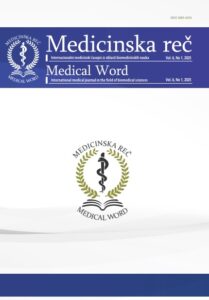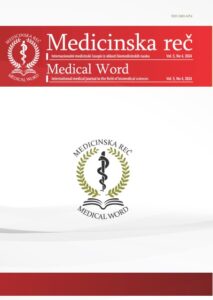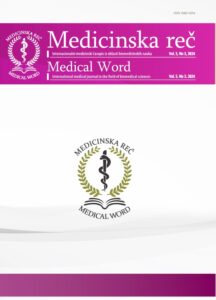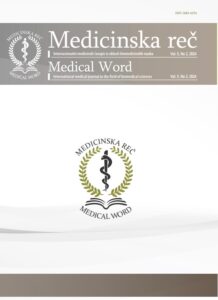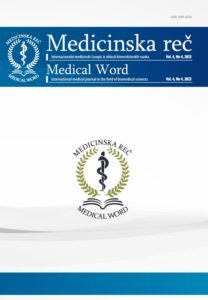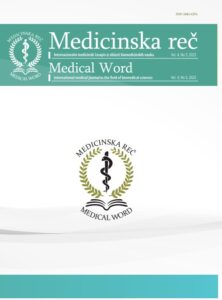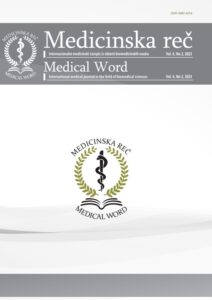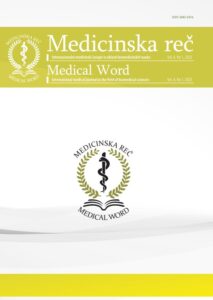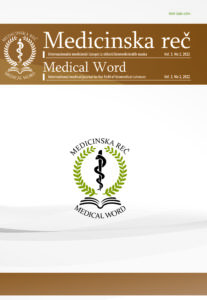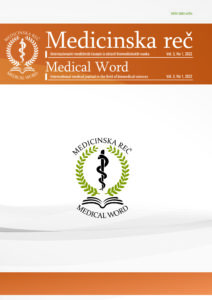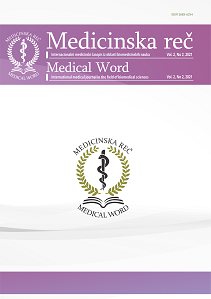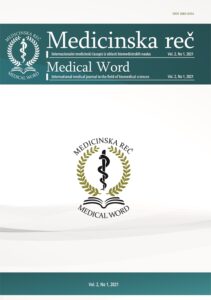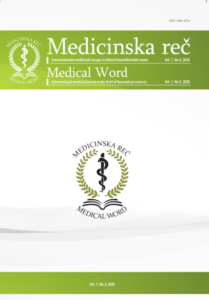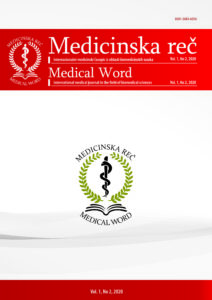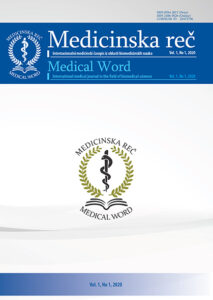Da li proizvodi za zagrevanje duvana (HTP) predstavljaju priliku za javno zdravlje?
Roberta Costanzo, Gizelle Baker
Philip Morris International, Switzerland
Apstrakt
Proizvodi za zagrevanje duvana (HTP, heated tobacco products) su nova, brzo razvijajuća kategorija duvanskih proizvoda koji su dizajnirani da zagreju duvan umesto da ga sagorevaju, čime se znatno smanjuje emisija štetnih materija.
Trenutno se vodi debata o tome da li HTP pruža mogućnost javnom zdravlju da ubrza smanjenje prevalencije pušenja i na taj način utiče na smanjenje štetnosti kod populacije koja nastaje kao posledica pušenja. Da bi odgovorili na ovo pitanje, proizvodi za zagrevanje duvana treba da budu naučno potkrepljeni kako bi se smanjila štetnost za pojedinačnog pušača, ali isto tako treba da budu zadovoljavajući za odrasle pušače kako bi se maksimalno povećao broj odraslih pušača koji bi prešao sa cigareta na ove proizvode, uz istovremeno smanjenje broja mladih i nepušača koji počinju ili se vraćaju na ove proizvode, kao i smanjenje broja pušača koji nameravaju da odustanu od pušenja a mogli bi da predju na ove proizvode.
U ovom članku predstavljamo dokaze koji pokazuju da prelazak na Sistem za zagrevanje duvana (THS, tobacco heating system) smanjuje negativne zdravstvene efekte koji su izazvani hroničnim izlaganjem toksičnim supstancama generisanim tokom sagorevanja duvana koji dovode do bolesti, u poređenju sa kontinuiranim pušenjem.
Ključne reči: zagrejani duvanski proizvodi, HTP, sistem za grejanje duvana, THS, javno zdravlje, smanjenje štetnosti duvana
Literatura
- WHO. Tobacco fact-sheet [Internet]. Geneva: WHO; 2020 May 27 [cited 2020 Oct 21]. Available from: https://www.who.int/news-room/fact-sheets/detail/tobacco
- WHO. WHO Report on the global tobacco epidemic [Internet]. Geneva: WHO; 2015 [cited 2020 Oct 21]. 103 p. Available from: http://www.who.int/tobacco/global_report/2015/report/en/
- Baker R. Temperature variation within a cigarette combustion coal during the smoking cycle. High Temp Sci 1975; 7: 236-47.
- Rodgman, A, Perfetti TA. The Chemical Components of Tobacco and Tobacco Smoke. 2nd Edition. Boca Raton: CRC Press; 2013.
- McNeil A. Reducing Harm from Nicotine Use. Fifty Years since Smoking and Health. Progress, Lessons and Priorities for a Smoke-free UK. Royal College of Physicians, London. London: Royal College of Physicians; 2012.
- Nordlund M, Smith M, Maeder, S McGrath T, Schaller JP, Pratte P, Picavet P, Peitsch M. Scientific substantiation of the absence of combustion and no smoke formation in the Electrically Heated Tobacco Product (EHTP), version 1.0 [Internet]. Neuchâtel, Switzerland: Philip Morris Products S.A.; 2019 January 21 p. 1-4. Available from: https://pmiscienceprd.s3.amazonaws.com/docs/default-source/news-documents/executive_summary-scientific_substantiation_of_the_absence_of_ets_emission_during_use_of_the_ehts2f81ae852f88696a9e88ff050043f5e9.pdf?sfvrsn=ff09c706_0
- Philip Morris Products S.A. Philip Morris Products S.A. Modified Risk Tobacco Product (MRTP) Applications [Internet]. Silver Spring: U.S. Food and Drug Administration; 2016. Available from: https://www.fda.gov/tobacco-products/advertising-and-promotion/philip-morris-products-sa-modified-risk-tobacco-product-mrtp-applications
- Institute of Medicine. Scientific standards for studies on modified risk tobacco products [Internet]. Washington, DC: The National Academies Press; 2012. Available from: https://www.nap.edu/catalog/13294/scientific-standards-for-studies-on-modified-risk-tobacco-products
- Lüdicke, F, Picavet P, Baker G, Haziza C, Poux V, Lama N, Weitkunat R. Effects of switching to the Tobacco Heating System 2.2 menthol, smoking abstinence, or continued cigarette smoking on biomarkers of exposure: a randomized, controlled, open-label, multicenter study in sequential confinement and ambulatory settings (Part 1). Nicotine Tob Res 2018; 20(2):161-72. doi:10.1093/ntr/ntw287
- Haziza C. Reduction in Exposure to Selected Harmful and Potentially Harmful Constituents Approaching Those Observed Upon Smoking Abstinence in Smokers Switching to the Menthol Tobacco Heating System 2.2 for 3 Months (Part 1). Nicotine Tob Res 2020; 22(4): 539-48.
- Phillips, B. An 8-month systems toxicology inhalation/cessation study in Apoe−/− mice to investigate cardiovascular and respiratory exposure effects of a candidate modified risk tobacco product, THS 2.2, compared with with conventional cigarettes. Toxicol Sci 2015; 149(2): 411-432. doi: 10.1093/toxsci/kfv243
- Poussin C, Laurent A, Peitsch MC , Hoeng J, De Leon H. Systems toxicology-based assessment of the candidate modified risk tobacco product THS2.2 for the adhesion of monocytic cells to human coronary arterial endothelial cells. Toxicology 2016; 339: 73-86. doi: 10.1016/j.tox.2015.11.007
- Szostak J, Boué S, Talikka M, Guedj E, Martin F, Phillips B, Ivanov NV, Peitsch MC, Hoeng J. Aerosol from Tobacco Heating System 2.2 has reduced impact on mouse heart gene expression compared with cigarette smoke. Food Chem Toxicol 2017; 101: 157-67. doi:10.1016/j.fct.2017.01.013
- Iskandar E. Comparative effects of a candidate modified-risk tobacco product Aerosol and cigarette smoke on human organotypic small airway cultures: a systems toxicology approach. Toxicol Res 2017; 6: 930.
- Titz B, Sewer A, Luettich K, Wong ET, Guedj E, Nury C, Schneider T, Xiang Y, Trivedi K, Vuillaume G, Leroy P, Büttner A, Martin F, Ivanov NV, Vanscheeuwijck P, Hoeng J, Peitsch NC. Respiratory effects of exposure to aerosol from the candidate modified-risk tobacco product THS 2.2 in an 18-month systems toxicology study with A/J mice. Toxicol Sci 2020; kfaa132. doi:10.1093/toxsci/kfaa132
- Wong ET, Luettich K, Krishnan S, Wong SK, Lim WT, Yeo D, Büttner A, Leroy P, Vuillaume G, Boué S, Hoeng J, Vanscheeuwijck P, Peitsch MC. Reduced chronic toxicity and carcinogenicity in A/J mice in response to life-time exposure to aerosol from a heated tobacco product compared with cigarette smoke. Toxicol Sci. 2020; 178(1): 44-70. doi: 10.1093/toxsci/kfaa131.
- Lüdicke F, Ansari MS, Lama N, Blanc N, Bosilkovska M, Donelli A, Picavet P, Baker G, Haziza C, Peitsch M, Weitkunat R. Effects of switching to a heat-not-burn tobacco product on biologically-relevant biomarkers to assess a candidate modified risk tobacco product: a randomized trial. Cancer Epidemiol Biomarkers Prev 2019; 28(11): 1934-43. doi:10.1158/1055-9965.EPI-18-0915
- Fagerström K, Eissenberg T. Dependence on tobacco and nicotine products: a case for product-specific assessment. Nicotine Tob Res 2012; 14(11): 1382-90.
- “Field survey on drinking and smoking and the development of effective alcohol reduction intervention approaches for the prevention of lifestyle-related diseases, Annual Report of MHLW Research Committee [Internet]. 2018. Available from: https://mhlw-grants.niph.go.jp/niph/search/NIDD00.do?resrchNum=201709021A
- Smoking among teenagers and young adults in Germany: Findings from the Alcohol Survey 2018 and trends. [Internet]. Köln: Federal Center for Health Education; 2018. Available from: https://www.bzga.de/fileadmin/user_upload/PDF/studien/Alkoholsurvey_2018_Bericht-Rauchen.pdf
- Delgrande Jordan M, Schneider E, Eichenberge Y, Eichenberge A. La consommation de substances psychoactives des 11 à 15 ans en Suisse – Situation en 2018 et évolutions depuis 1986. Résultats de l’étude Health Behaviour in Schoolaged Children (HBSC) [Internet]. Lausanne: Addiction Suisse; 2019 p. 1-188. Available from: https://www.hbsc.ch/pdf/hbsc_bibliographie_342.pdf
- US FDA. FDA Authorizes Marketing of IQOS Tobacco Heating System with ‘Reduced Exposure’ Information [Internet]. Silver Spring: U.S. Food and Drug Administration; 2020, July 7. Available from: https://www.fda.gov/news-events/press-announcements/fda-authorizes-marketing-iqos-tobacco-heating-system-reduced-exposure-information
- US Food and Drug Administration. Scientific Review of Modified Risk Tobacco Product Application (MRTPA) Under Section 911(d) of the FD&C Act – Technical Project Lead [Internet]. Silver Spring: U.S. Food and Drug Administration; 2020 p. 1-80. Available from: https://www.fda.gov/media/139796/download.


